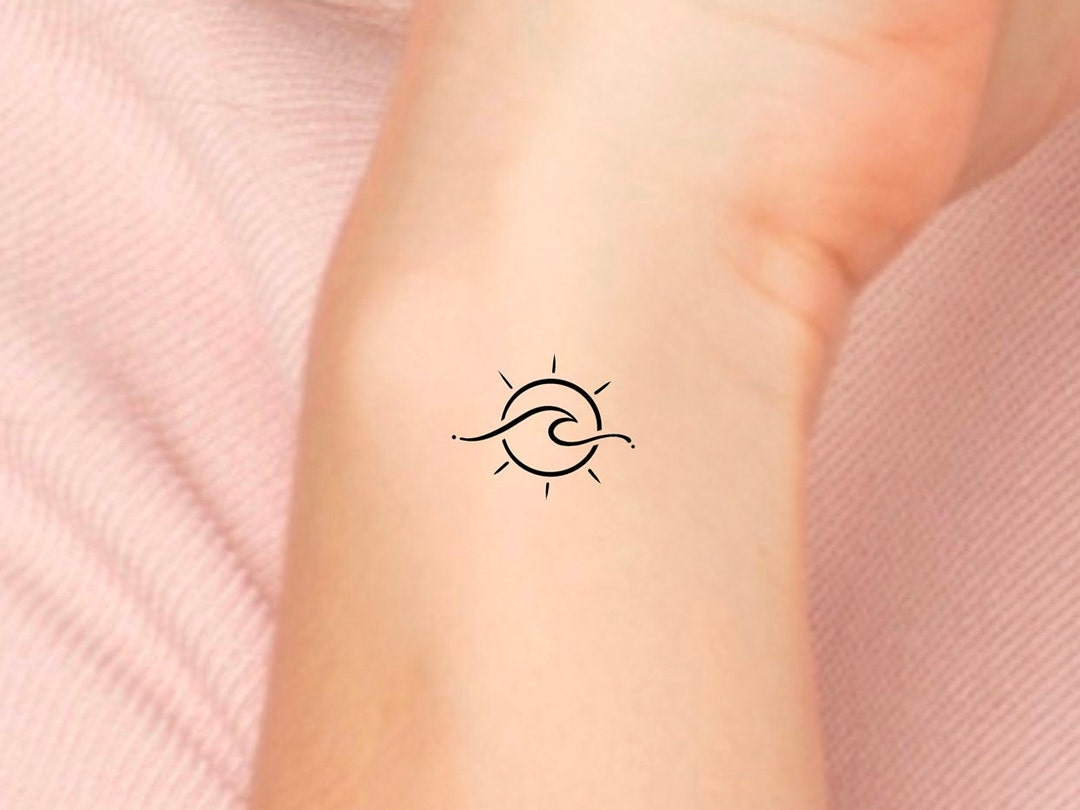How Do Rejuvi Tattoo Removal Side Effects Affect Healing?
Removing tattoos is an intricate process, and Rejuvi tattoo removal has gained attention as a chemical extraction method that effectively fades unwanted tattoos. While it offers promising results, understanding potential side effects is crucial for proper healing. Let's delve into how Rejuvi tattoo removal side effects(الآثار الجانبية لإزالة الوشم ريجوفي) impact the overall healing journey.
Understanding Rejuvi Tattoo Removal:
Rejuvi tattoo removal involves injecting a chemical formula into the skin, targeting tattoo pigments for extraction. The treated area forms a scab that eventually falls off, carrying the ink with it. This technique minimizes the risk of scarring when executed properly. However, any procedure involving the skin can trigger side effects that influence healing time and outcomes.
Common Side Effects Post-Rejuvi Treatment:
Side effects are common in tattoo removal and vary based on skin type, depth of the tattoo, and aftercare practices. The most frequently reported issues include:
Redness and swelling: A natural response to the chemical application.
Itching: As scabs form, itchiness can occur, which may tempt scratching.
Hyperpigmentation or hypopigmentation: Uneven skin tones are temporary for most but could persist longer in some cases.
Mild discomfort: Tingling or stinging sensations are common during and after the procedure.

How Healing Progresses After Rejuvi Tattoo Removal:
The healing process begins immediately after treatment, transitioning through three stages: inflammation, scabbing, and skin renewal. Side effects may delay progress or require additional care:
Inflammation phase: Redness and swelling peak during this stage, lasting 3-5 days.
Scabbing stage: As the treated skin dries, scabs form, securing the ink removal process. Avoiding premature scab removal is essential to prevent scars.
Renewal phase: Fresh skin appears under the scabs after they naturally fall off.
How Side Effects Can Complicate Healing:
Although Rejuvi tattoo removal is relatively safe, certain side effects may complicate recovery:
Scarring: Improper care, such as scratching scabs or sun exposure, may lead to scar formation.
Infections: Open wounds from scab detachment can introduce bacteria, necessitating extra caution.
Uneven skin texture: Persistent redness or pigmentation changes might take longer to fade.
Prevention and Management of Side Effects:
Mitigating side effects and ensuring seamless healing requires proactive care:
Hydration: Keeping the skin hydrated minimizes dryness and reduces itchiness.
Avoiding irritants: Fragranced skincare products should be avoided.
Patience with scabs: Let scabs fall off naturally to preserve skin integrity.
Psychological Impact of Side Effects on Healing:
Experiencing side effects might cause emotional distress, especially when visible areas like hands or arms are involved. Managing expectations and focusing on the long-term benefits of the procedure can help maintain a positive outlook. Emotional support is essential during the recovery period.
Long-Term Results vs. Side Effects:
Ultimately, the success of Rejuvi tattoo removal outweighs short-term inconveniences like side effects. Following professional aftercare guidance and monitoring healing progress ensures optimal outcomes while reducing risks. To understand the complexities better, remember that Rejuvi tattoo removal side effects are part of the process but are manageable with proper care.